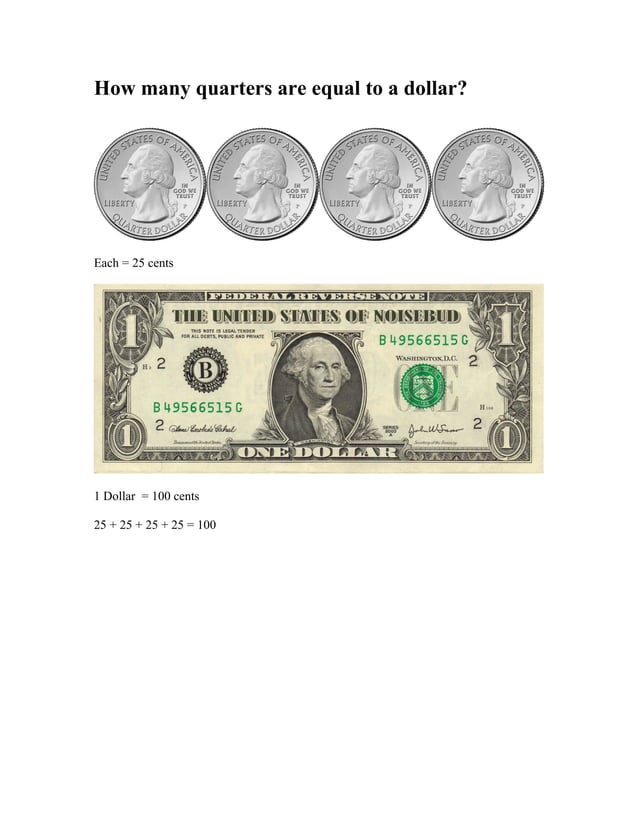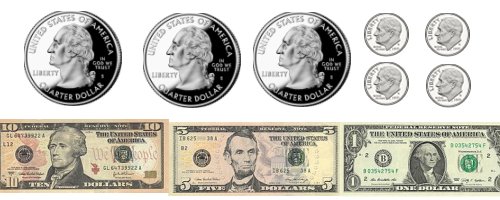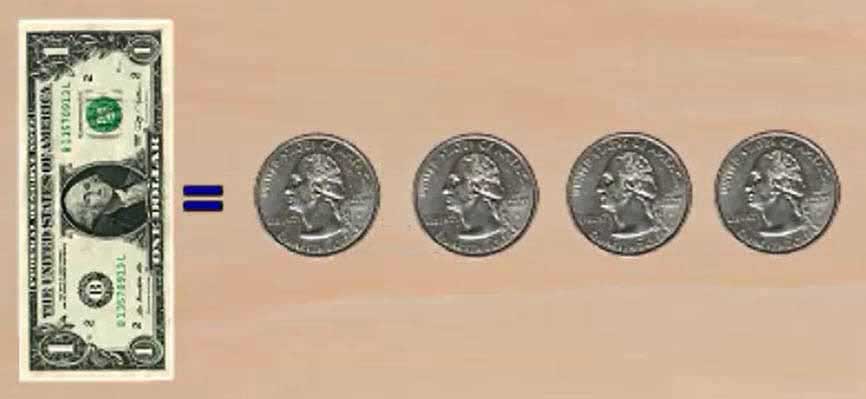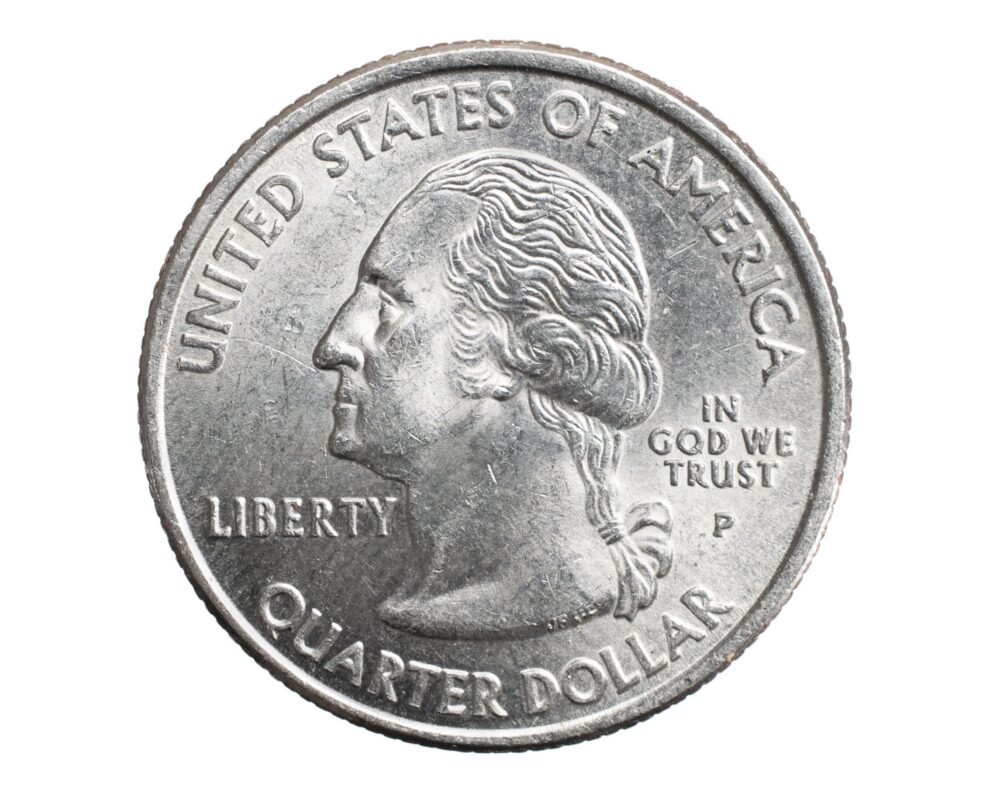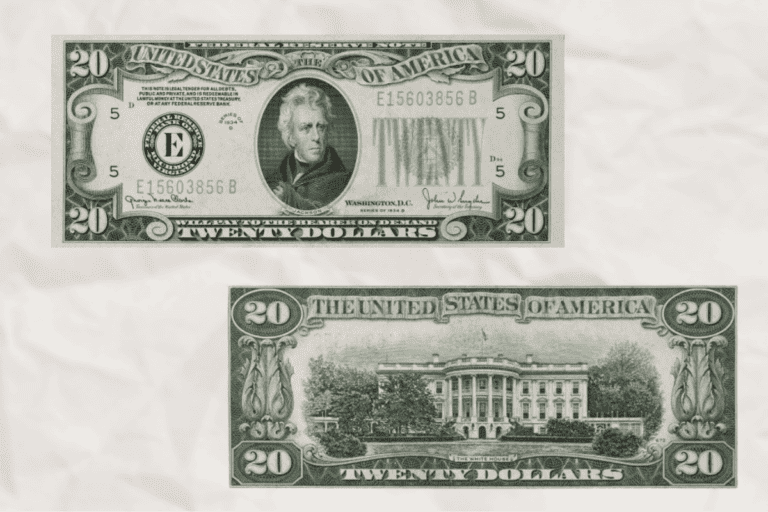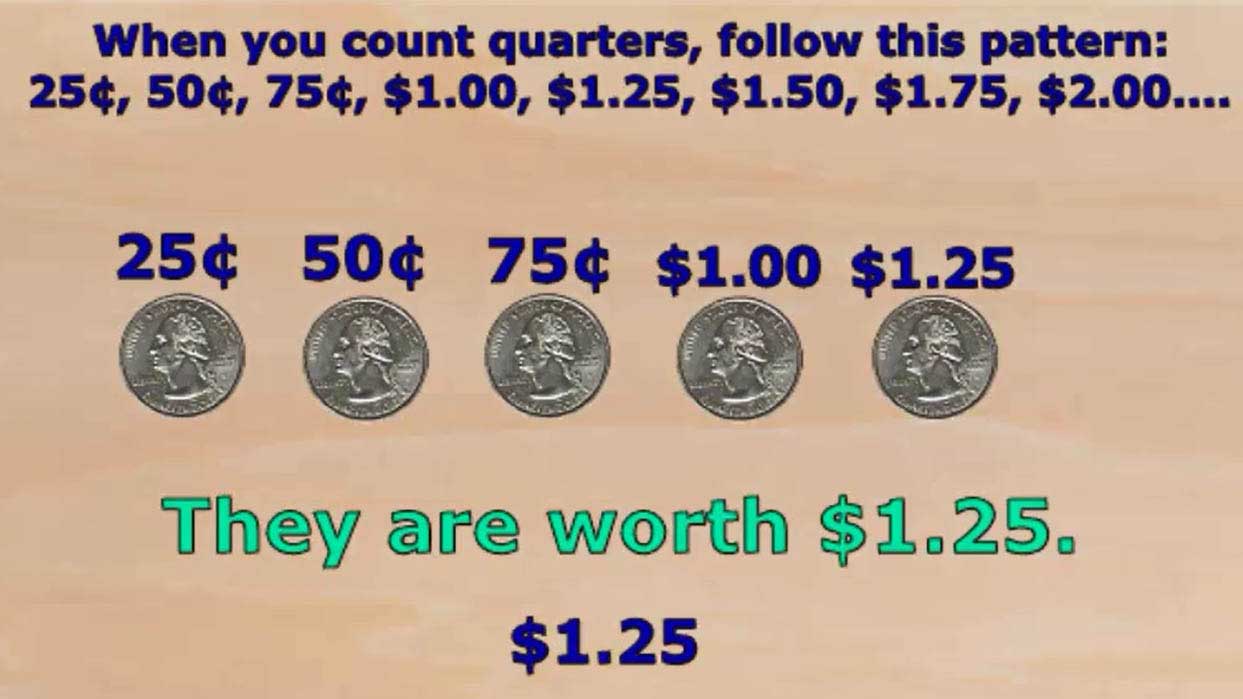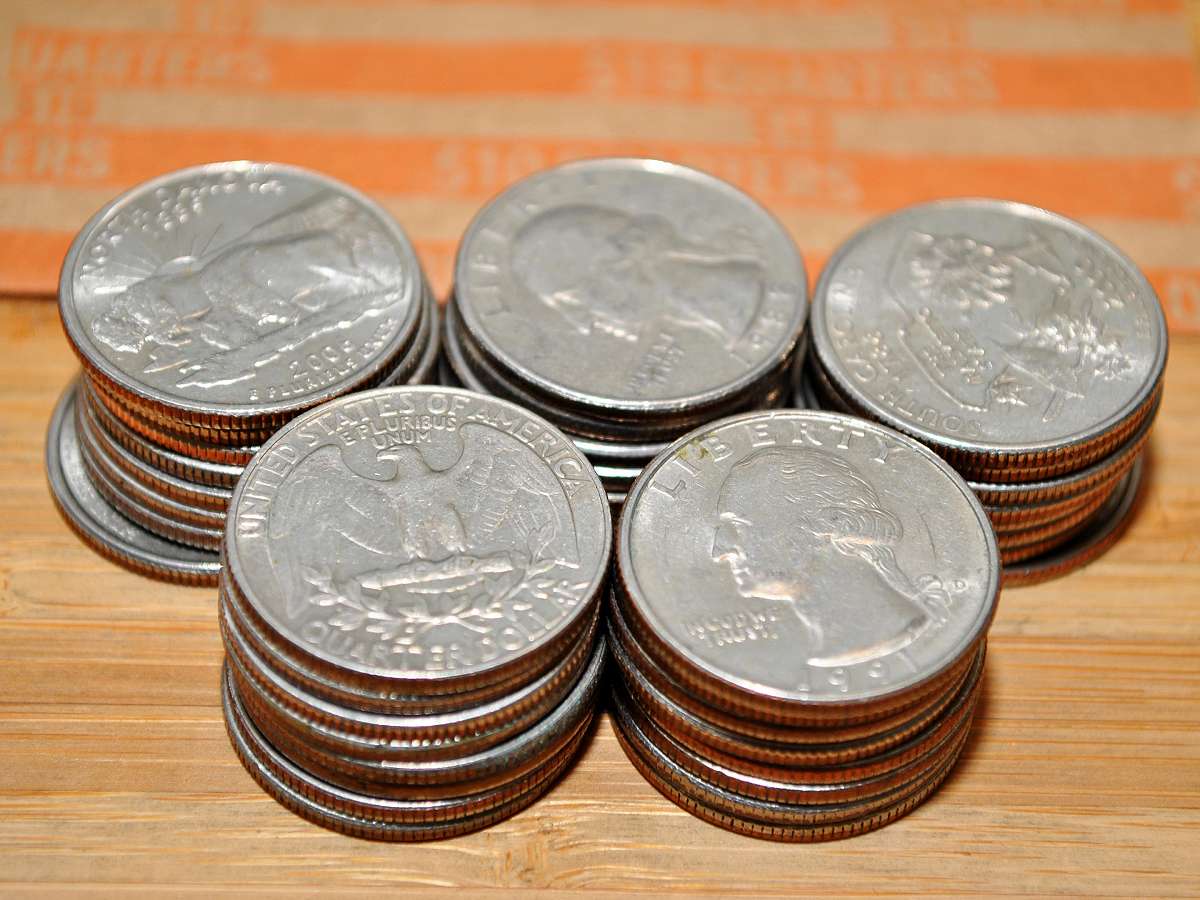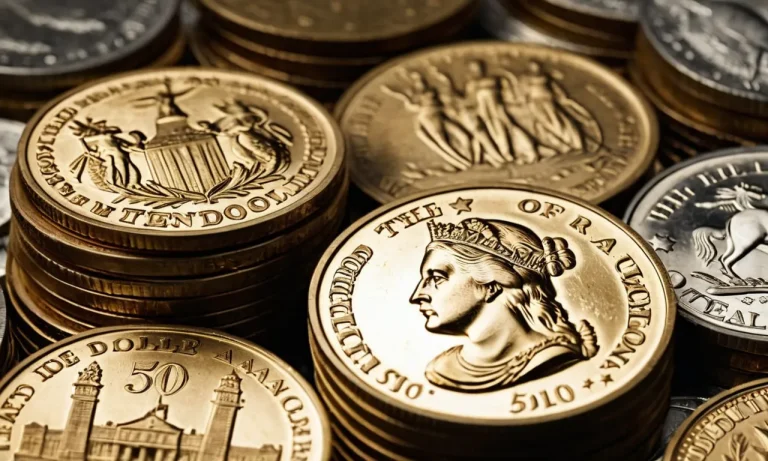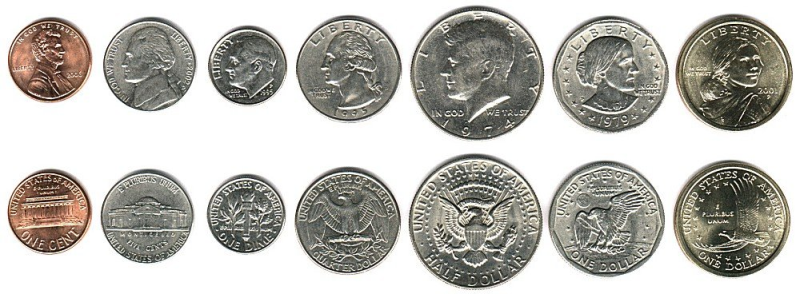How Many Quarters Is 20 Dollars
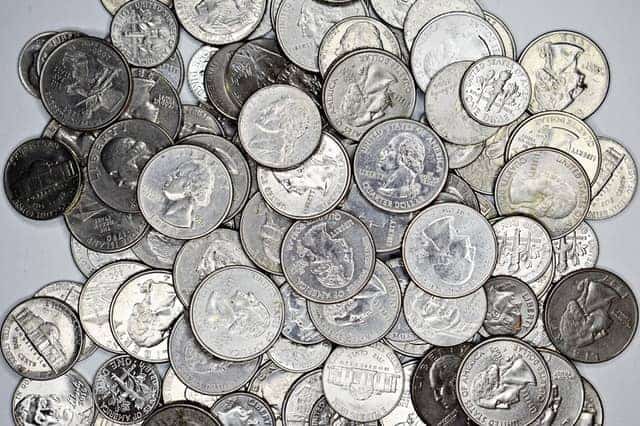
Imagine a child’s eyes widening, a piggy bank overflowing, the satisfying clink of metal on metal as each quarter drops, bringing them closer to that longed-for toy. That moment, suspended between anticipation and realization, often hinges on a simple calculation: how many quarters make up a particular amount of money.
At its core, the question "How many quarters is 20 dollars?" is a fundamental exercise in basic arithmetic, revealing our everyday engagement with currency and the simple joys of saving. Understanding this seemingly trivial question holds significance, offering a glimpse into financial literacy, practical math skills, and the real-world applications of seemingly abstract concepts.
The Simple Math
The answer is straightforward: eighty quarters equal twenty dollars. A quarter, by definition, is worth 25 cents, or $0.25. To find out how many quarters are in $20, we divide the total amount ($20) by the value of one quarter ($0.25): $20 / $0.25 = 80.
This simple calculation underpins many daily transactions and saving habits.
A Historical Perspective
The quarter has a rich history dating back to the early days of the United States Mint. Officially known as the quarter dollar, its value and design have evolved significantly over time.
The Coinage Act of 1792 authorized the minting of quarter dollars, marking a crucial step in establishing a standardized national currency. The first quarter designs featured an eagle on the reverse and a representation of Liberty on the obverse, reflecting the values and aspirations of the nascent nation.
Throughout the 19th and 20th centuries, the quarter underwent numerous design changes, including the introduction of the Standing Liberty quarter in 1916 and the Washington quarter in 1932, which remains the standard design today (with occasional commemorative variations).
Quarters in Everyday Life
Quarters are far more than just pocket change. They are integral to vending machines, laundry facilities, parking meters, and arcade games. Many charitable organizations collect quarters as part of fundraising campaigns, leveraging the accessibility and ubiquity of this coin.
For children, saving quarters can be an early lesson in financial responsibility. It’s a tangible way to learn about saving, budgeting, and the value of money. The physical act of accumulating quarters in a piggy bank can instill a sense of accomplishment and delayed gratification.
Moreover, quarters play a vital role in the economy. The U.S. Mint produces billions of quarters each year to meet the demands of commerce. Despite the rise of digital payment methods, the quarter remains a relevant and widely used form of currency.
The Rise of Digital Payments
While the significance of physical currency may seem to be diminishing in the age of digital transactions, coins like quarters still have practical advantages. Digital payment methods are not universally accessible. Not everyone has a bank account or a smartphone to use for mobile payments.
Quarters offer a low-tech solution for transactions, particularly in situations where digital infrastructure is unreliable or unavailable. They remain essential for a wide range of everyday purchases and activities.
According to the Federal Reserve, while the usage of cash has declined, it still accounts for a significant portion of transactions, especially for smaller purchases. This underscores the continued relevance of coins like quarters in the modern economy.
The Psychological Impact
There's a certain psychological aspect to saving and accumulating quarters. The tangible weight and volume of a collection of quarters can create a more visceral sense of wealth compared to seeing a number in a bank account. The act of counting and organizing quarters can be therapeutic, providing a sense of control and order.
Many people associate quarters with specific memories or experiences. For instance, the anticipation of using quarters at an arcade, the satisfaction of finally having enough quarters to do a load of laundry, or the thrill of dropping quarters into a charity collection jar. These personal connections give the humble quarter a sentimental value that transcends its monetary worth.
"The quarter, though small, embodies so much – from the history of our nation to the simple joys of childhood savings," reflects financial literacy expert, Sarah Miller.
Teaching Financial Literacy
Understanding the value of quarters is a cornerstone of financial literacy. It's an accessible way to introduce children to basic mathematical concepts and money management skills. Learning to count, save, and budget with quarters can lay the foundation for more complex financial concepts later in life.
Schools and parents can incorporate activities involving quarters into their curriculum. This includes activities like counting coins, creating budgets, and setting financial goals. These hands-on experiences can make learning about money more engaging and meaningful.
The National Endowment for Financial Education (NEFE) emphasizes the importance of starting financial education early. "Introducing children to basic concepts like the value of a quarter can help them develop healthy financial habits that will last a lifetime," says Paul Golden, a spokesperson for NEFE.
Conclusion
So, the next time someone asks, "How many quarters is 20 dollars?" remember that the answer is not just a number. It's a reflection of our daily lives, our financial habits, and the enduring role of physical currency in a digital world.
It's a reminder that even the simplest calculations can have profound implications for financial literacy, personal well-being, and the economy as a whole. The humble quarter, though seemingly insignificant on its own, holds a wealth of history, practicality, and sentimental value.
From the clink of a quarter dropped into a piggy bank to the satisfaction of paying for a gumball from a vending machine, quarters are woven into the fabric of our lives, constantly reminding us of the value of saving, spending, and making every cent count.

